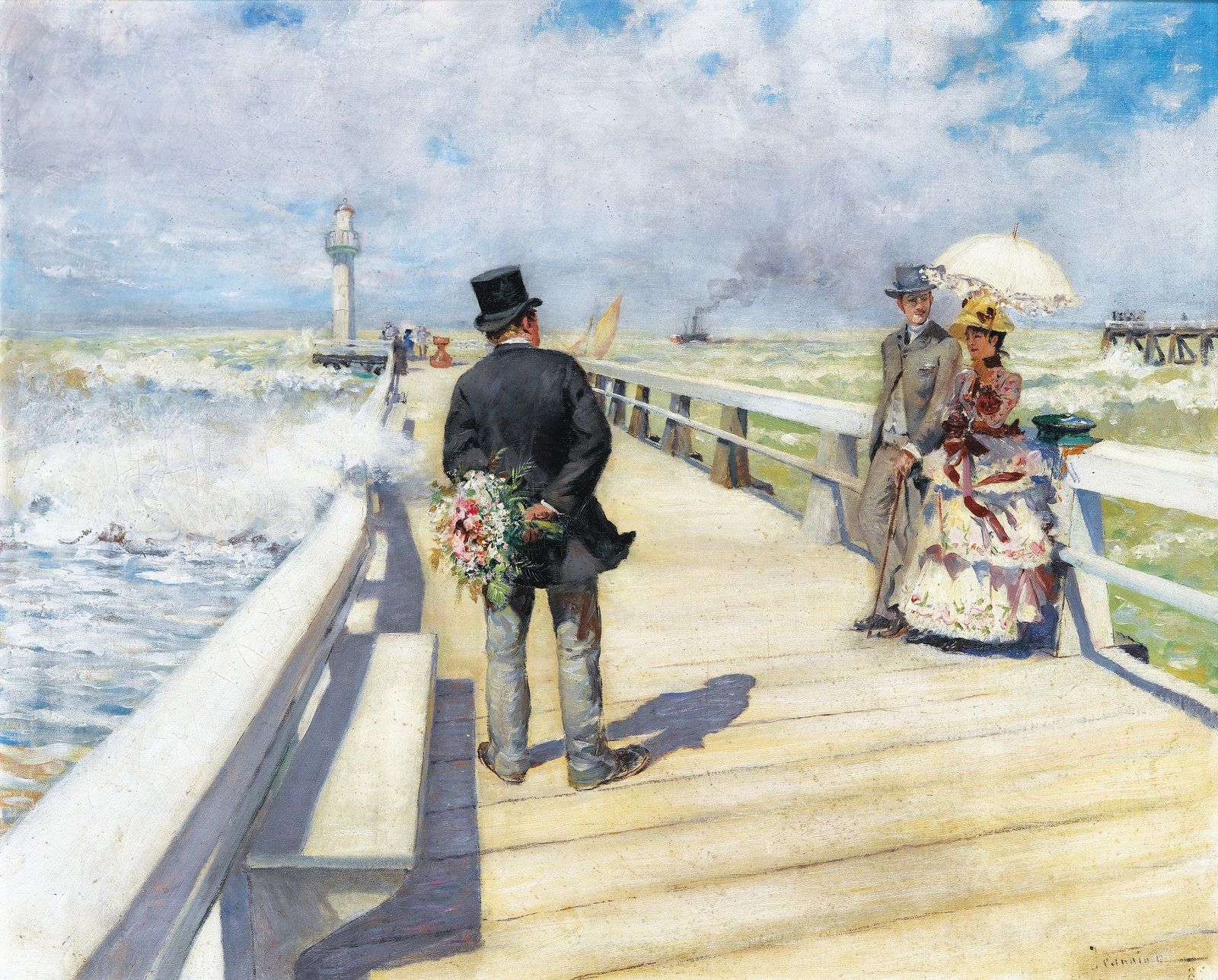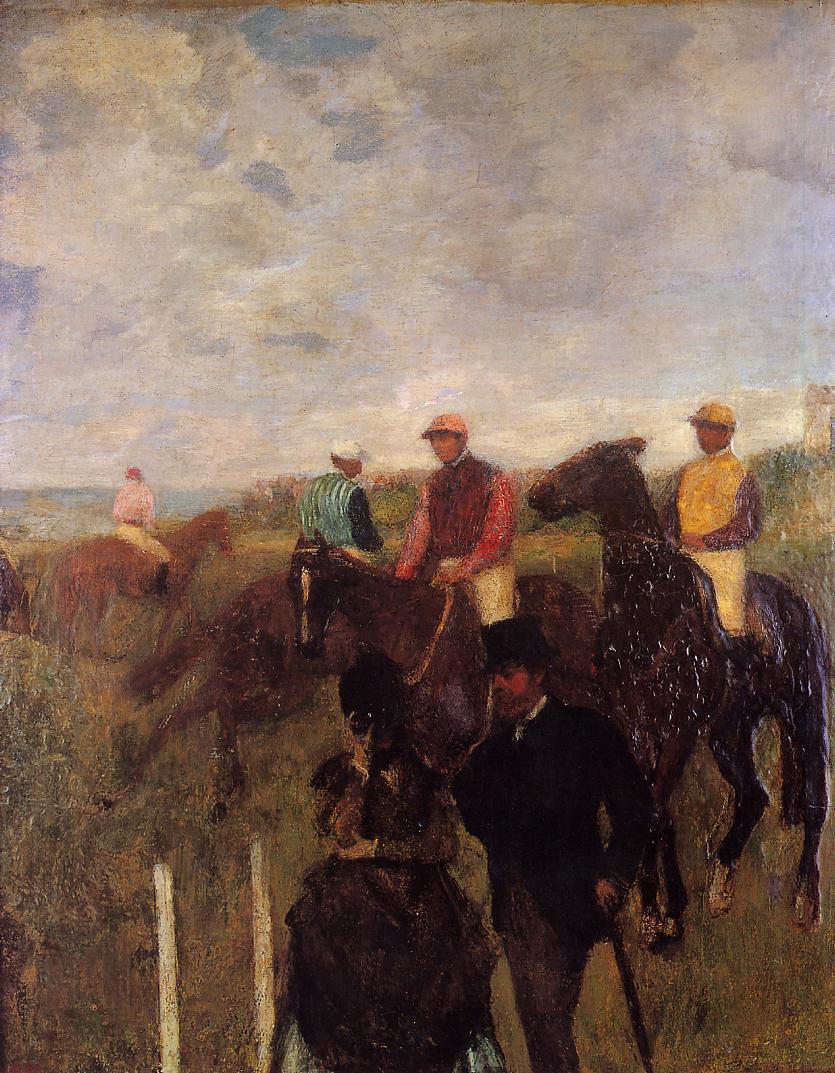Degas sbarcò a Napoli (IT) il 17 luglio 1856. Nella città partenopea l'artista ebbe modo di ricongiungersi con il nonno René Hilaire, che lo ospitò nella sua vasta dimora, palazzo Pignatelli di Monteleone: il viaggio in Italia, oltre a un'inestimabile opportunità formativa, era infatti anche un modo per ricongiungersi con i familiari, in parte residenti a Napoli, in parte a Firenze.
Napoli, città esuberante e vivace, che offriva un clima splendidamente mediterraneo, serbava all’epoca non solo un grande fervore culturale, ma anche una vasta gamma di divertimenti pittoreschi, gastronomici e carnali.
Degas, tuttavia, conduceva una vita ascetica, totalmente dedicata all'arte, e pertanto consacrò il suo soggiorno napoletano al perfezionamento della sua pittura.
Notevole, in tal senso, il Ritratto di Hilaire De Gas, opera raffigurante proprio il nonno che si può considerare a pieno titolo il primo cimento artistico di rilievo del giovane Degas.
 |
| Edgar Degas | Ritratto di Hilaire De Gas, 1857 | Museo d'Orsay, Parigi |

.jpg)
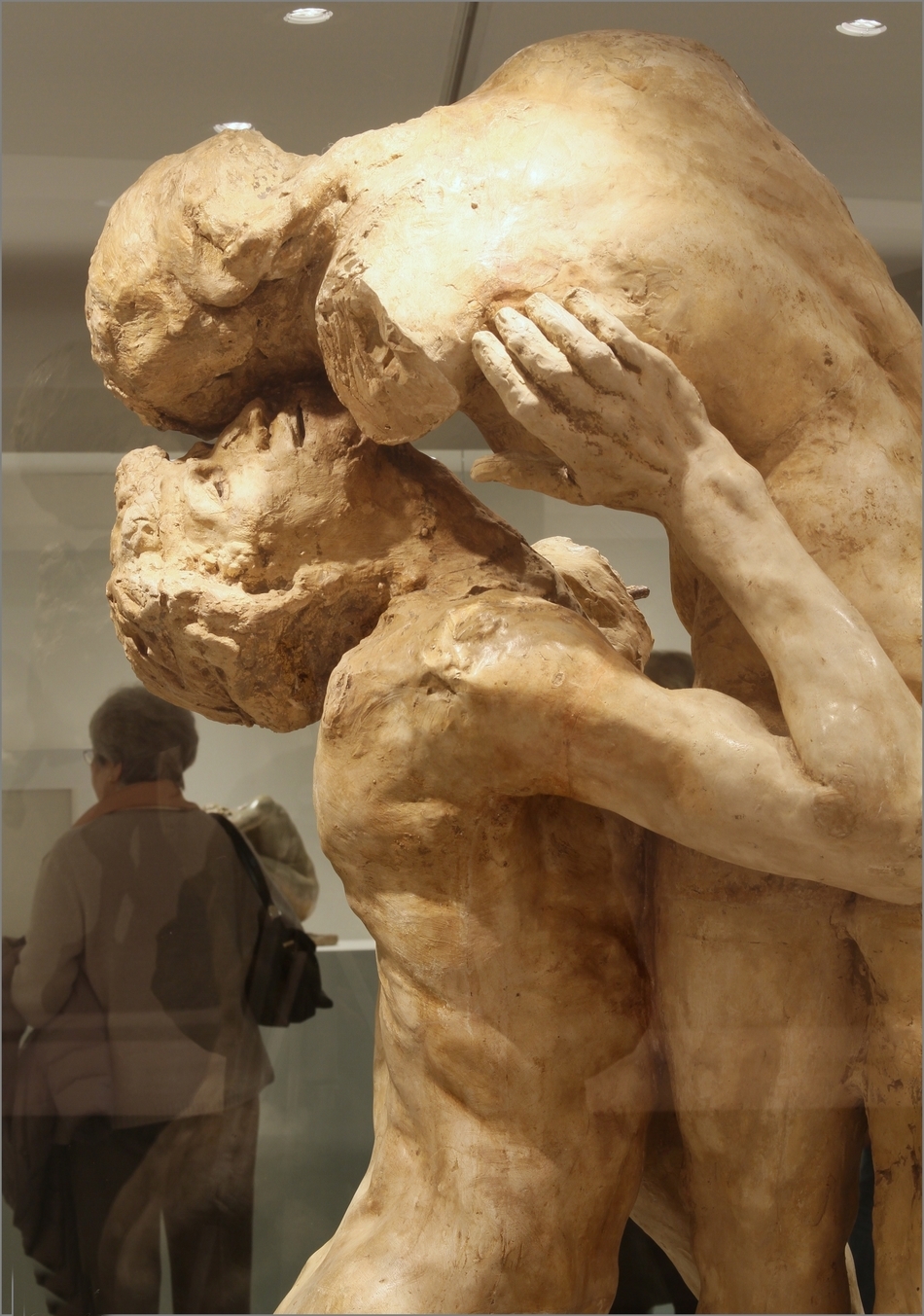

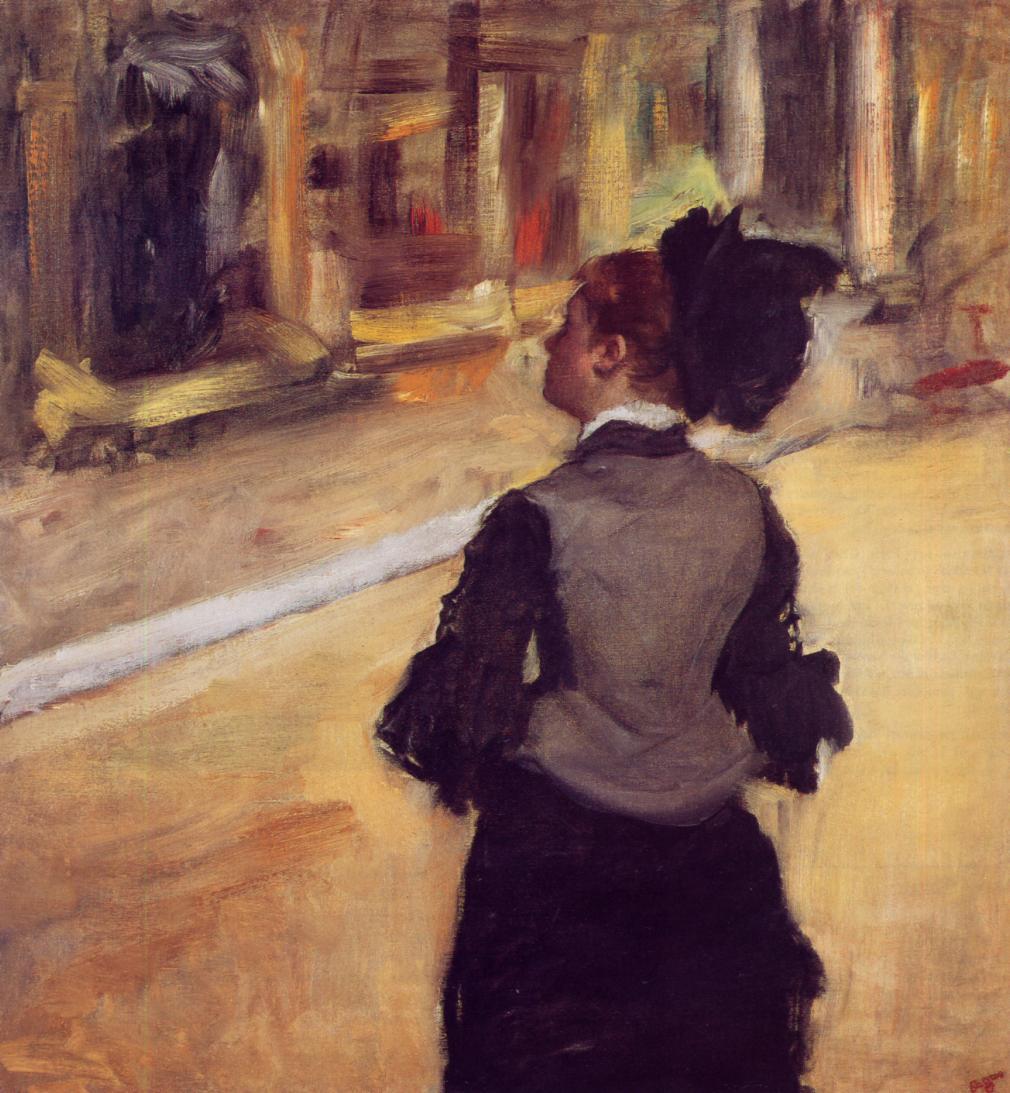
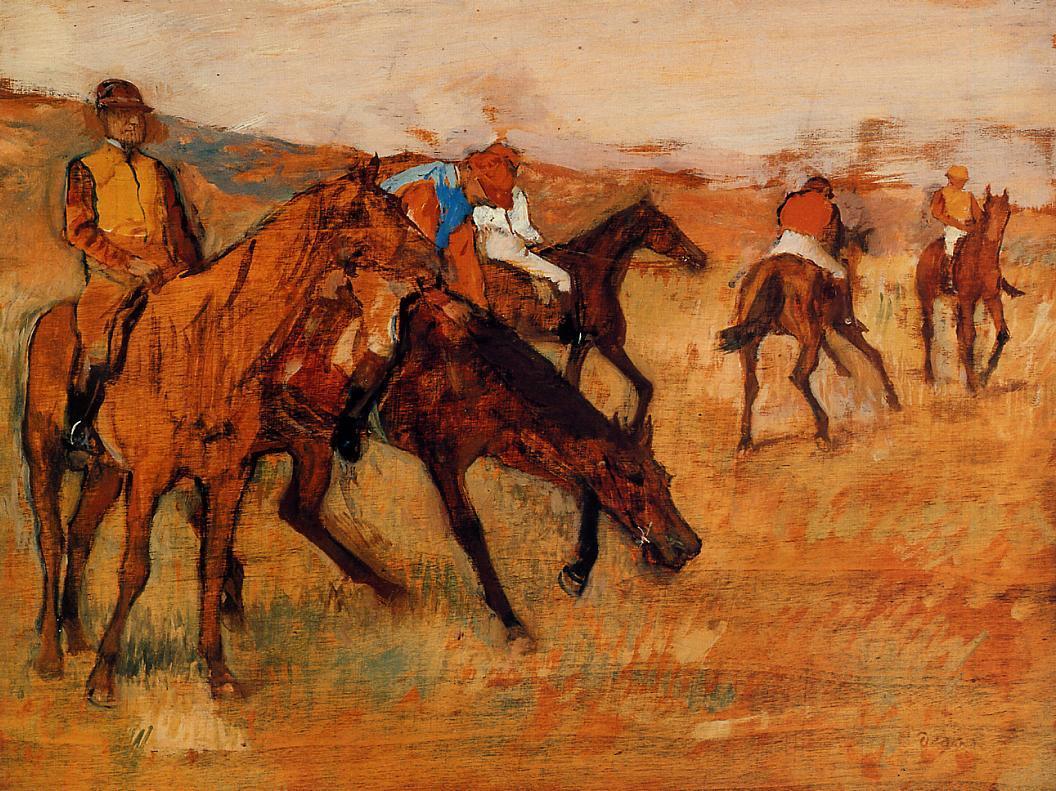

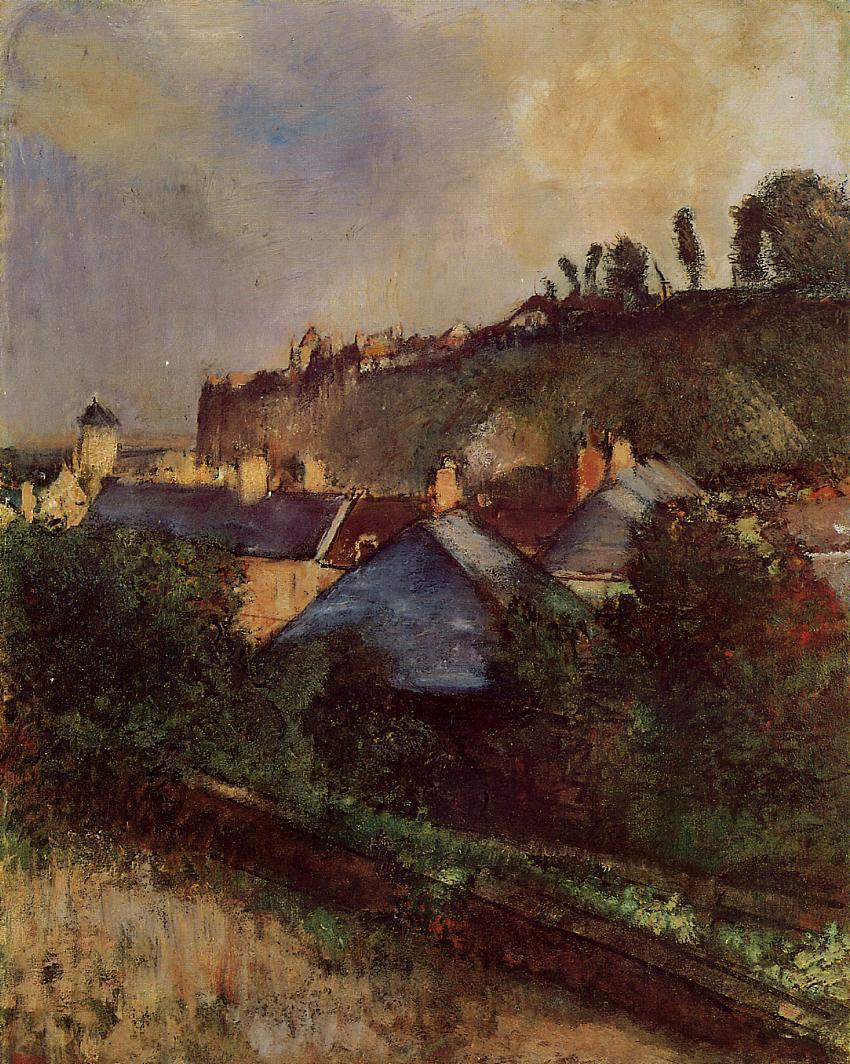

.jpg)




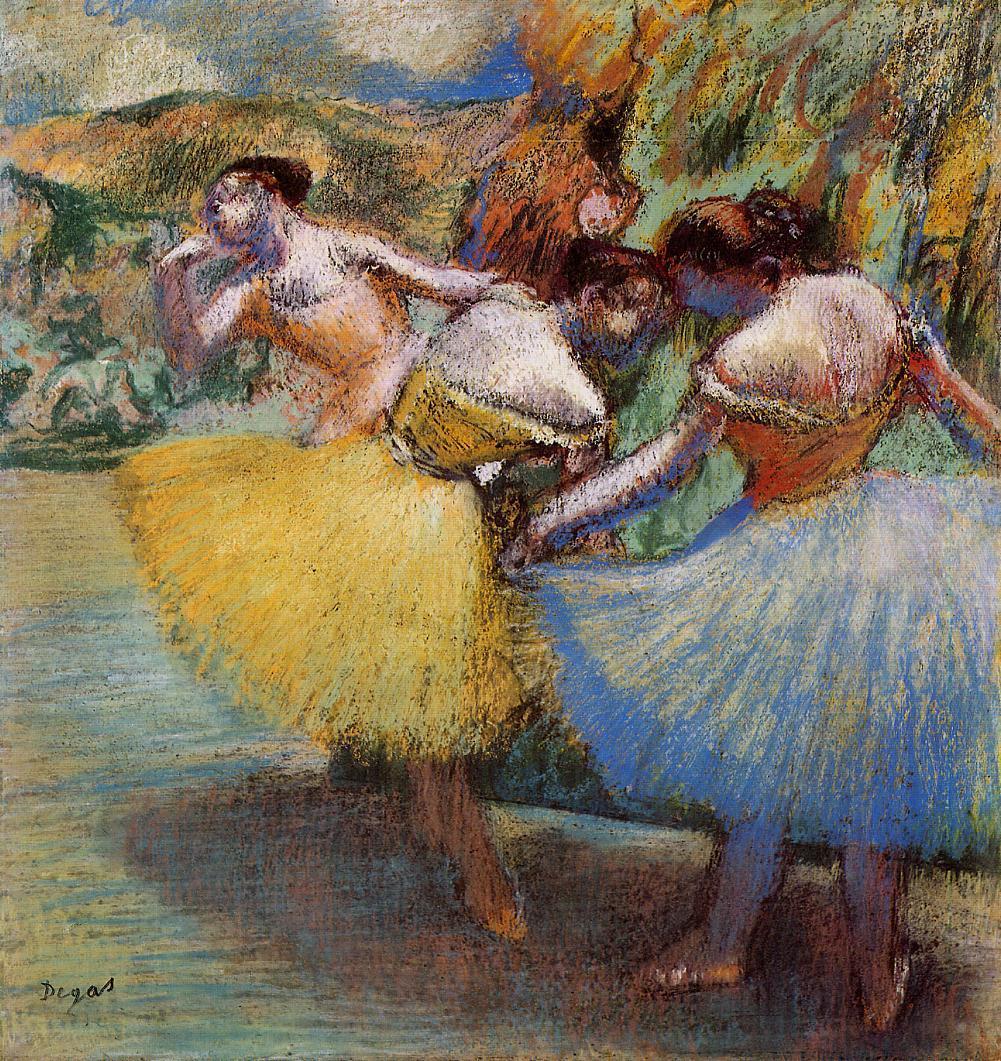


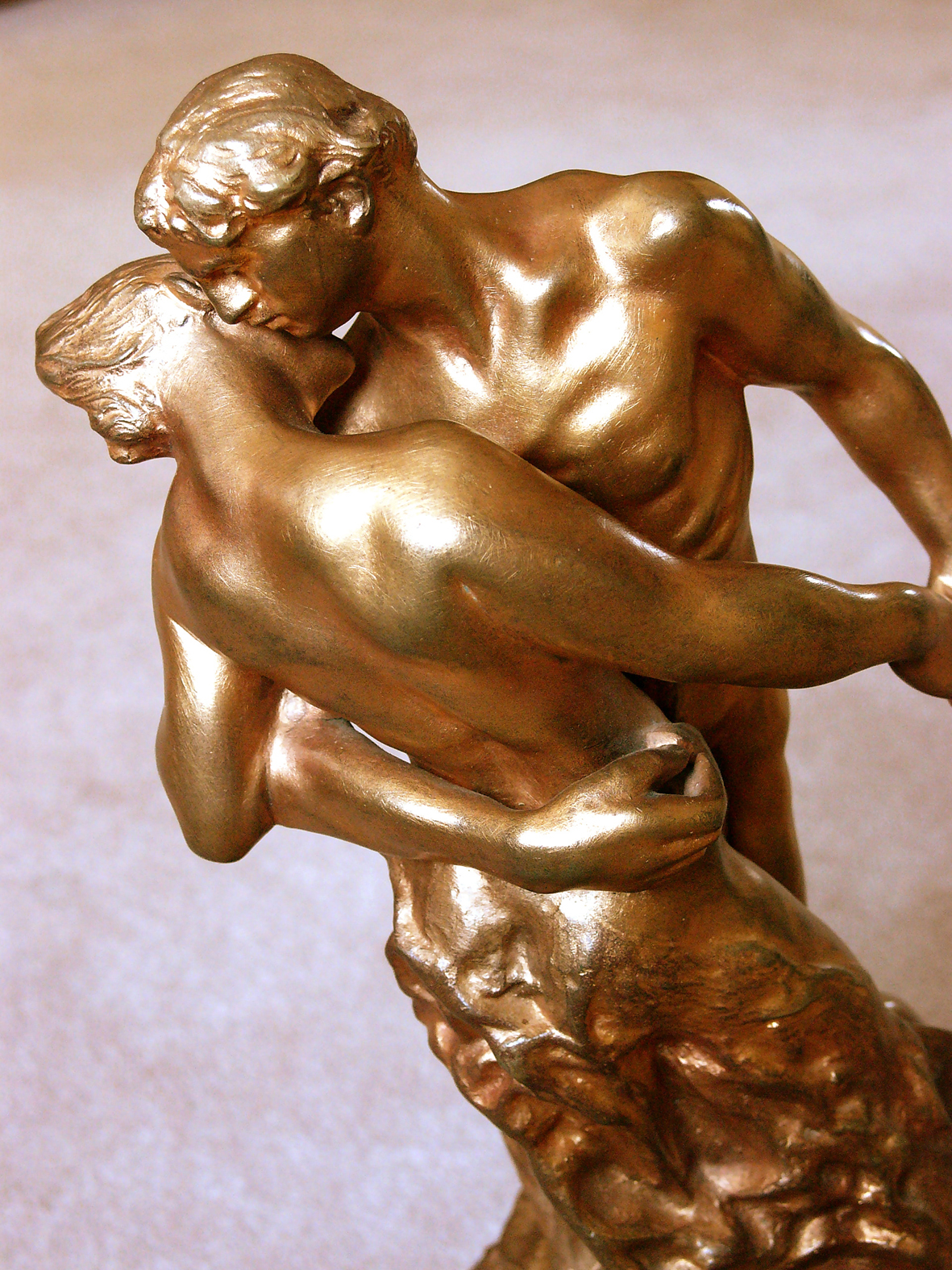
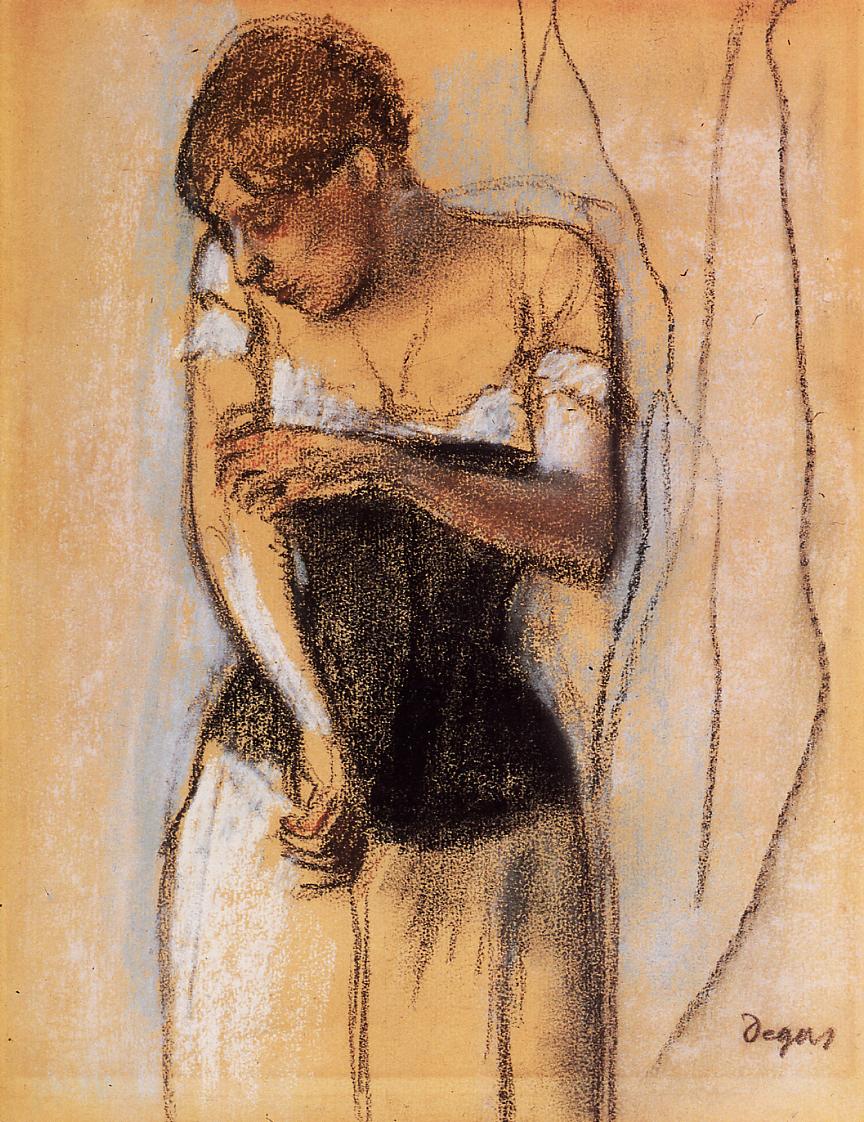
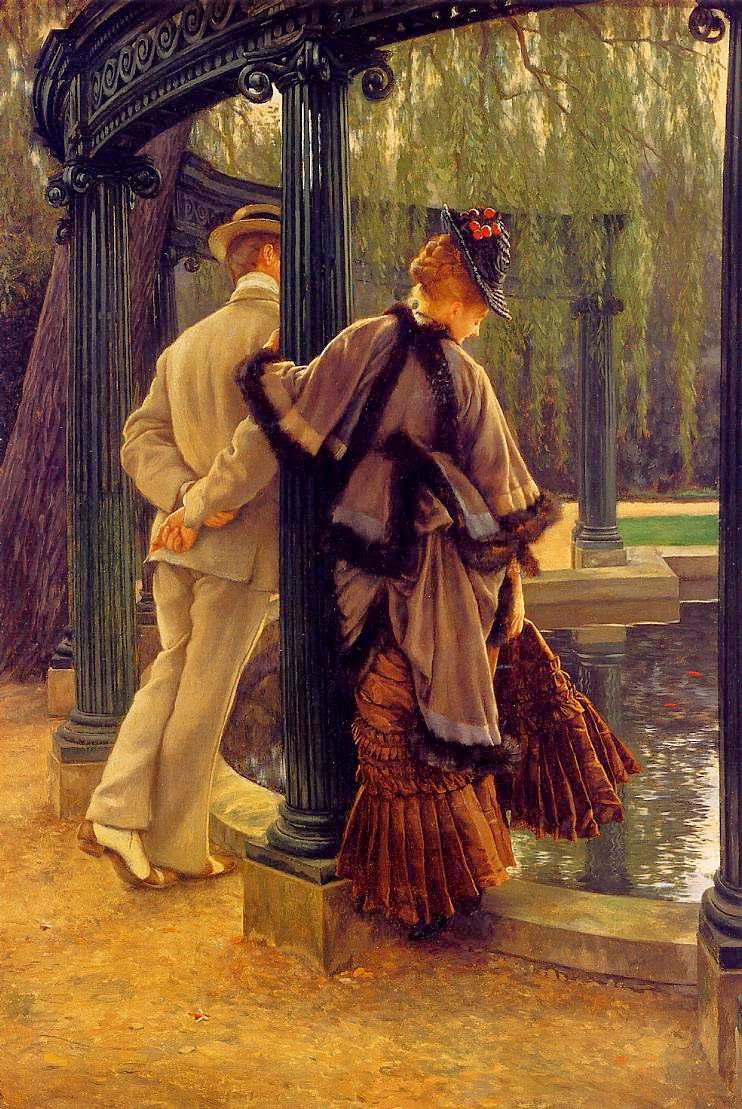.jpg)

